 |
| May 08, 2020 |
Dear Reader,
As heat waves grow hotter and more frequent, research suggests that some places will see events that reach the limit of human tolerance in the coming decades. But now a new study shows they already have. In our main story, sustainability editor Andrea Thompson provides the details. In other climate news, some scientists believe that as temperatures rise more carbon may exit soil and move into the atmosphere, which could hasten the pace of global warming. Another story featured today focuses on a new method that can predict the formation of massive rogue waves. And lastly, there is a deep freeze descending on the U.S. Northeast that's being supplied by the polar vortex. Read our explainer about the phenomenon in an article from our archive. |
| | Sunya Bhutta, Senior Editor, Audience Engagement
@sunyaaa | |
 |
| |
| |
| |
| |
| |
| |
| |
| |
FROM THE STORE
 | | | |
| |
FROM THE ARCHIVE
 | | | |
| |
LATEST ISSUES
 |
| |
| Questions? Comments?  | |
| Download the Scientific American App |
| |
| |





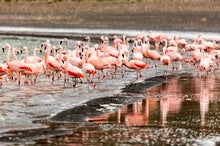


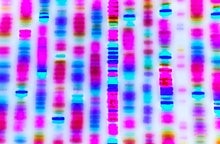

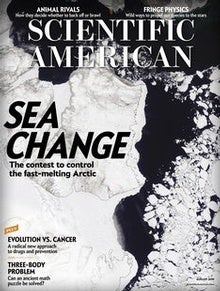

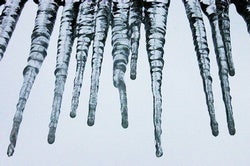




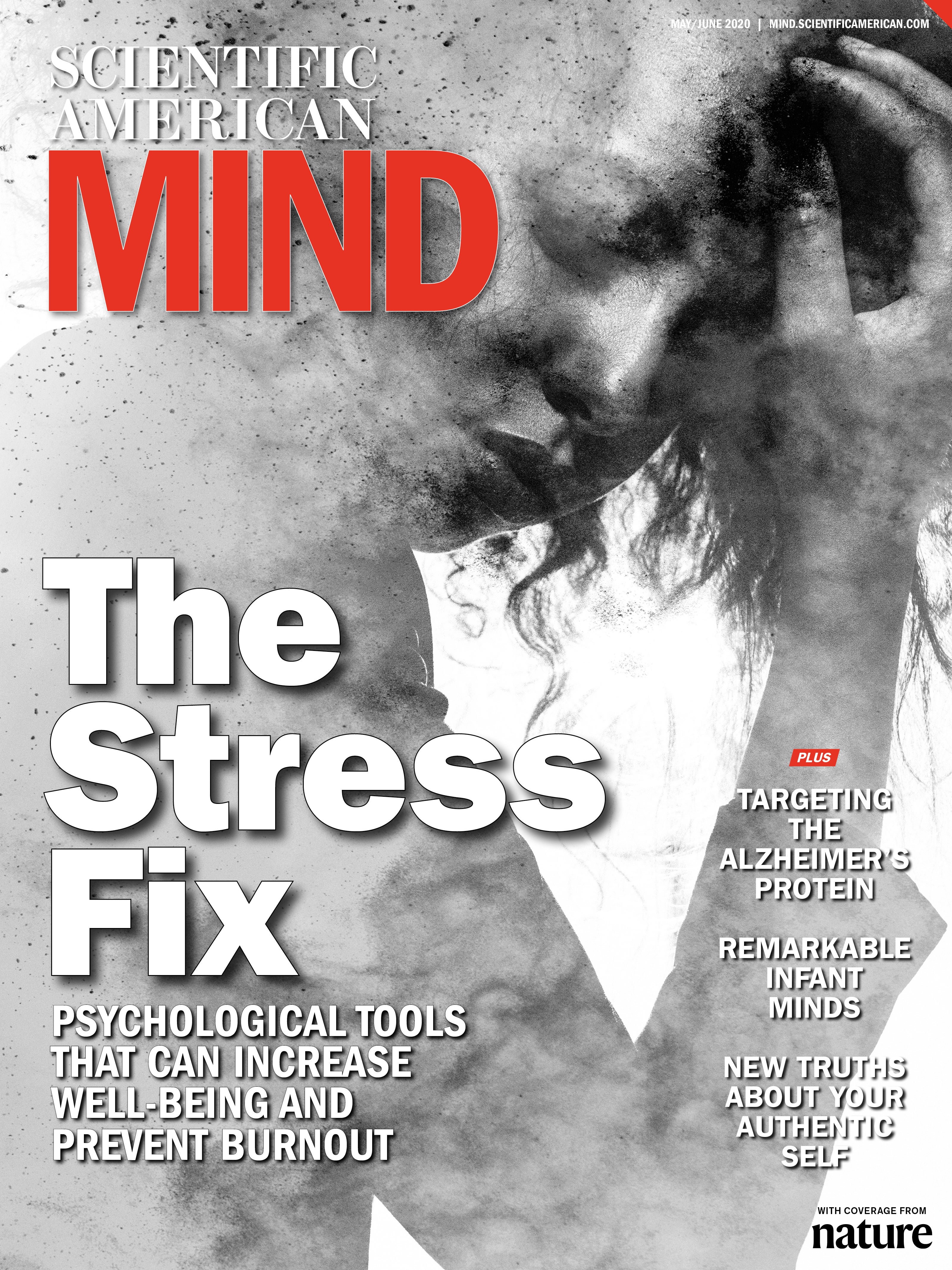



Comments
Post a Comment